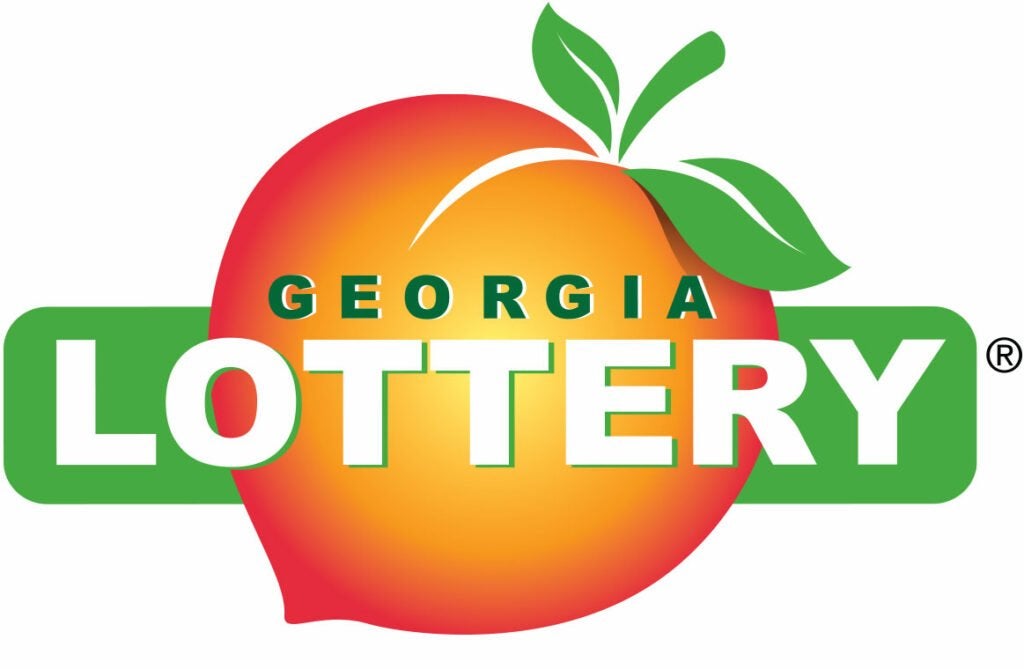“A Day in April”
O the month of blooming bowers!
O the month of busy hours!
Month of sunshine and of flowers,
By the glad earth gladly given.
-John Keats
March is always such a teaser of a month. We got several days of wonderfully warm weather which guilefully lulled us into a belief that spring was finally here, only to be inundated with another week of near freezing temps. This was followed by high winds and pouring rains. And this year, some incredibly high temps hit us to start April.
Thankfully April should see average temps 10 degrees above those of March, moving from roughly 65 up to 75 degrees. The nighttime temps should average about 55 degrees, allowing us to move a lot of our plants outside to begin hardening off. April and December are traditionally our wettest months, and we should expect about 3.3 inches of rain this month. (However, always remember a quote from my mom, “Little boys who lie, grow up to be weathermen!”) For an in depth analysis take a look at this link from NOAA.
Before we get to today’s topic, as always, here is a short list of things you can be doing this month.
- Plant warm-season vegetables: It’s the perfect time to plant tomatoes, peppers, cucumbers, beans, squash and corn. If you’ve started seedlings indoors, now is the time to harden them off and transplant them into your garden.
- Prune spring blooming shrubs: Once your shrubs like azaleas and camellias finish blooming, you can prune them to shape and encourage new growth. Always prune just after they finish blooming because next years blooms will form on the new growth later this year.
- Fertilize: Give your lawn and garden a boost with fertilizer. Use a balanced fertilizer for vegetables and flowering plants and apply a lawn fertilizer suitable for your grass type. The warmer temperatures can cause weeds to sprout quickly. Stay on top of weeding to avoid competition for nutrients and water.
- Mulching: Refresh or apply mulch to retain soil moisture, suppress weeds, and regulate soil temperature.
- Plant flowers: Add some color to your garden with annuals like marigolds, petunias, zinnias and perennials like coneflowers and black-eyed Susans.
- Pest management: Be on the lookout for common pests like aphids and caterpillars. Use eco-friendly pest control methods when possible.
This time of year I occasionally get asked, “Why are my seedlings so leggy?” It can result from more than one issue, but there is one answer that is most common. So, today, at the risk of getting a bit technical, we are going to delve into an aspect of gardening that many do not fully appreciate. We routinely hear that plants need plenty of sunlight, but no one ever seems to get very specific. There’s a reason for that. Understanding light can be a bit daunting, particularly if you didn’t get your Ph.D. in physics, so we will try our best to keep this as non-technical as we can.
Gardening enthusiasts often bring a slice of nature indoors, nurturing a variety of houseplants that add aesthetic appeal and fresh air to their living spaces or at this time of the year they start growing seedlings of one sort or another. One critical aspect of indoor gardening that every gardener must master is the role of light. The significance of light in the growth and development of indoor plants cannot be overstated. Today, we’ll explore how different types and intensities of light affect the growth and maturity of plants.
The Basics: Photosynthesis and light
To understand the impact of light on indoor plants, we first need to grasp the process of photosynthesis. This is the way that plants convert light energy into chemical energy, using it to fuel their growth and development. Photosynthesis occurs in the chloroplasts of plant cells, where chlorophyll absorbs light and facilitates the conversion of carbon dioxide and water into glucose and oxygen. In simple terms, light provides the energy that plants need to produce food and oxygen. Without adequate light, photosynthesis cannot occur efficiently, leading to leggy seedlings, stunted growth and poor plant health.
Types of light: natural vs. artificial
Indoor plants can thrive under both natural and artificial light but understanding the differences between these light sources is crucial for successful indoor gardening.
Natural light, provided by the sun, is the most effective light source for indoor plants. Sunlight contains the full spectrum of light wavelengths, including the blue and red wavelengths that are absolutely essential for photosynthesis. The intensity and duration of natural light varies throughout the day and across seasons, influencing plant growth.
Some plants, such as succulents and cacti, thrive in direct sunlight, which provides intense light exposure. These plants are adapted to high-light environments and require several hours of direct sunlight daily to grow and mature.
Many indoor plants, such as ferns and peace lilies, prefer indirect sunlight. This type of light is less intense and is filtered through windows or curtains, providing a gentler light exposure that prevents leaf burn.
When natural light is insufficient, especially during shorter winter days or in spaces with limited windows, artificial light can supplement or replace sunlight. Various types of artificial lights are available, each with its own advantages and disadvantages.
Fluorescent lights are reasonably efficient and produce little heat. They are available in various spectrums, including cool white, warm white, and full-spectrum, making them suitable for different stages of plant growth. However, while I do have a few of these myself, they will be replaced with red/blue LEDs when they finally die.
LED grow lights are the most advanced and efficient option for indoor gardening. They produce minimal heat and can be customized to emit specific wavelengths that promote photosynthesis. Full-spectrum LED grow lights mimic natural sunlight and are ideal for all stages of plant growth.
The intensity and duration of light exposure are critical factors that influence plant growth and maturity. Different plants have varying light requirements, and understanding these needs is essential for optimal indoor gardening.
Light intensity refers to the amount of light that reaches the plant’s surface. It is measured in foot-candles or lux, with higher values indicating more intense light. The intensity of light affects the rate of photosynthesis and, consequently, plant growth.
High-light plants: Plants such as succulents, cacti, and some flowering plants require high light intensity to thrive. They need at least 1,000 to 2,000 foot-candles of light for optimal growth.
Medium-light plants: Many common houseplants, including spider plants and pothos, fall into this category. They require 500 to 1,000 foot-candles of light to grow well.
Low-light plants: Plants like ferns and snake plants can tolerate lower light levels, around 50 to 500 foot-candles. These plants are ideal for spaces with limited natural light.
Light duration: Light duration, or photoperiod, refers to the number of hours of light a plant receives each day. The photoperiod influences flowering, fruiting, and overall plant development.
Long-day plants: These plants require more than 12 hours of light per day to initiate flowering. Examples include spinach, lettuce, and petunias.
Short-day plants: Short-day plants need less than 12 hours of light daily to flower. Examples include chrysanthemums, poinsettias, and kalanchoe.
Day-neutral plants: These plants are not sensitive to the photoperiod and can flower under various light durations. Examples include tomatoes, peppers, and cucumbers.
Seed germination: Light plays a significant role in seed germination for some plant species. While many seeds germinate best in darkness, others require light to trigger the germination process. For instance, lettuce and petunia seeds need light exposure to sprout. Using a clear cover over seed trays can help provide the necessary light for these light-sensitive seeds.
Vegetative growth: During the vegetative growth stage, plants focus on developing leaves, stems, and roots. Adequate light is essential for robust vegetative growth. Blue light promotes leaf development and is crucial during this stage. Full-spectrum LED grow lights or cool white fluorescent lights are excellent choices for supporting vegetative growth.
Flowering and fruiting: The transition from vegetative growth to flowering and fruiting is influenced by both light intensity and photoperiod. Red light wavelengths encourage flowering and fruiting, making it important to provide a balanced light spectrum that includes both blue and red wavelengths. Adjusting the photoperiod to match the plant’s specific requirements can also promote successful flowering and fruiting.
Indoor gardeners may encounter various light-related issues that can hinder plant growth and health. Here are some common problems and their solutions:
Etiolation is a condition where plants become leggy and pale due to insufficient light. One of the things we learned in that Introduction to physics class is that the intensity of light decreases as the square of the distance between the source and the target. In this case your seedlings. What that means is that if you increase the distance between the light and the seedlings by a small amount, the light intensity drops a lot and vice versa. This is why so many seedlings end up characterized by elongated stems and small, weak leaves. If your plants are beginning to look a bit leggy move them closer to the light source. Ten to 12 inches under the light source is a good starting place for most.
Leaf burn occurs when plants are exposed to excessive light intensity, causing the leaves to scorch and turn brown. This is common in plants that are not adapted to direct sunlight. To avoid leaf burn, place sensitive plants in areas with indirect light or use sheer curtains to filter intense sunlight.
To create the a better environment for your indoor plants, consider the following tips for optimizing light exposure.
Assess light levels: Use a light meter to measure the light intensity in different areas of your home. This will help you determine the best spots for your plants based on their light requirements. You can get a decent light meter for $25-$30.
Rotate plants: Regularly rotate your plants to ensure even light exposure on all sides. This prevents uneven growth and helps maintain a balanced shape.
Supplement with artificial light: If natural light is insufficient, use artificial grow lights to provide the necessary light spectrum and intensity. Adjust the height and position of the lights to ensure optimal coverage.
Adjust photoperiod: Tailor the light duration to match the specific needs of your plants. Use timers to automate the light schedule and maintain consistent photoperiods.
In closing, keep an eye on your plants for signs of light-related issues, such as etiolation, leaf burn, or discoloration and make the necessary adjustments.
This article from Maryland Extension has some excellent discussion on this topic with examples of which plants need what intensity of light.
“The earth laughs in flowers.”
Ralph Waldo Emerson














